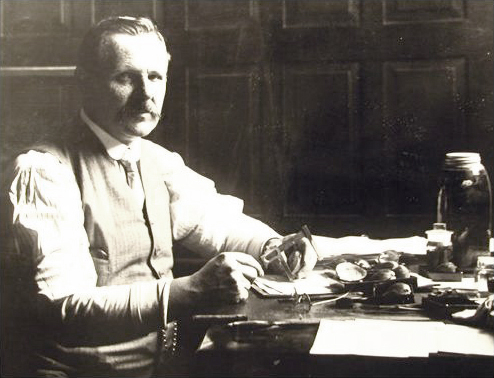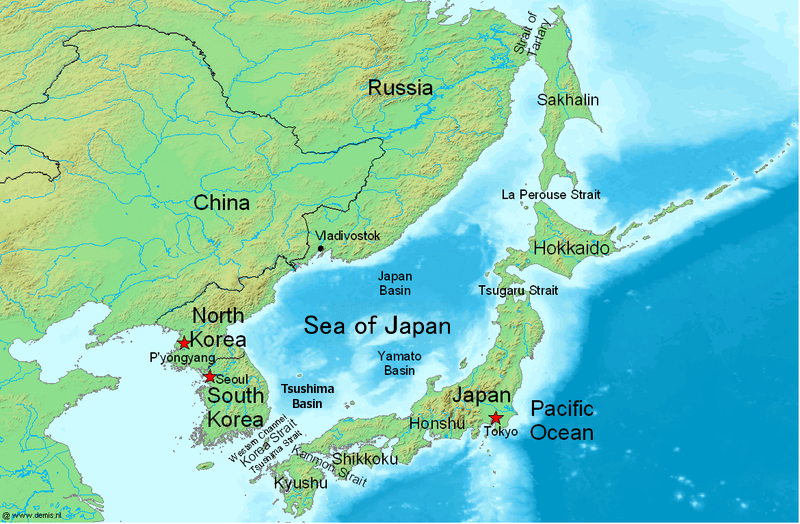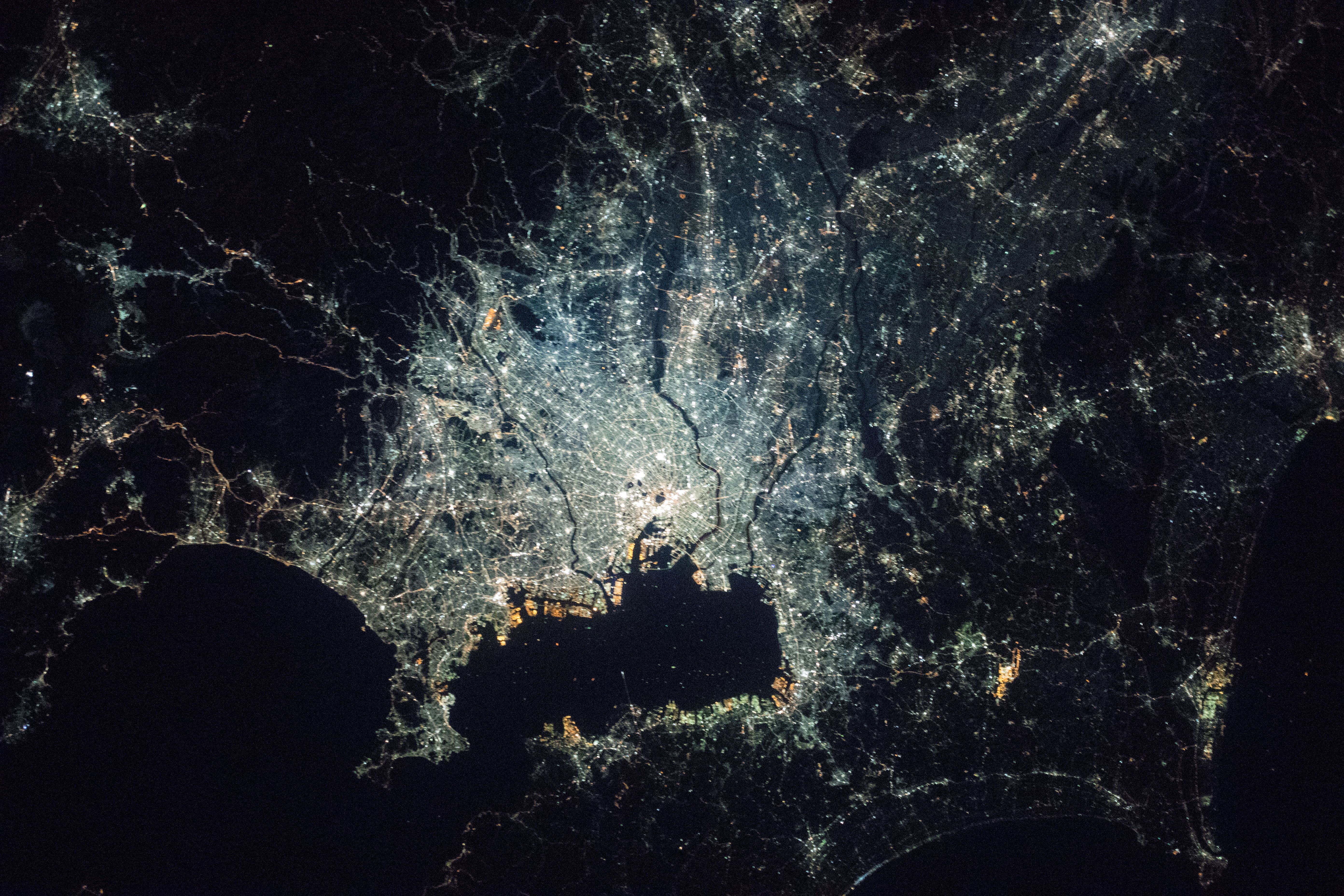|
Sepia Tokioensis
''Sepia tokioensis'' is a species of cuttlefish native to the western Pacific Ocean, specifically Japanese waters from Tsugaru Strait to Kyūshū and the Ohsumi Islands, including Sagami Bay, Suruga Bay, the western Japan Sea, and Shimane Prefecture. It lives on the continental shelf.Reid, A., P. Jereb, & C.F.E. Roper 2005. Family Sepiidae. ''In:'' P. Jereb & C.F.E. Roper, eds. ''Cephalopods of the world. An annotated and illustrated catalogue of species known to date. Volume 1. Chambered nautiluses and sepioids (Nautilidae, Sepiidae, Sepiolidae, Sepiadariidae, Idiosepiidae and Spirulidae)''. FAO Species Catalogue for Fishery Purposes. No. 4, Vol. 1. Rome, FAO. pp. 57–152. ''Sepia tokioensis'' grows to a mantle length of 90 mm. The type specimen was collected in Tokyo Bay is a bay located in the southern Kantō region of Japan, and spans the coasts of Tokyo, Kanagawa Prefecture, and Chiba Prefecture. Tokyo Bay is connected to the Pacific Ocean by the Uraga Channe ... [...More Info...] [...Related Items...] OR: [Wikipedia] [Google] [Baidu] |
Arnold Edward Ortmann
Arnold Edward Ortmann (April 8, 1863 – January 3, 1927) was a Prussian-born United States naturalist and zoologist who specialized in malacology. Biography Ortmann was born in Magdeburg, Prussia on April 8, 1863. A student of Ernst Haeckel, he graduated from the University of Jena in 1885 with a Ph.D.; he had also studied at the University of Kiel and the University of Strasbourg. From 1886 on, he worked as an instructor at the University of Strasbourg. Together with Haeckel, he participated in an expedition to Zanzibar in 1890/91. Three years later, he emigrated to the United States, where he got a post as the curator of the department of invertebrate paleontology at Princeton University. In 1899, he participated in the Peary Relief expedition, and one year later, he was naturalized as a U.S. citizen. In 1903, he moved to Pittsburgh. He became the curator of invertebrate zoology at the Carnegie Museum and from 1910 on, he was professor of physical geography at the Universit ... [...More Info...] [...Related Items...] OR: [Wikipedia] [Google] [Baidu] |
Japan Sea
The Sea of Japan is the marginal sea between the Japanese archipelago, Sakhalin, the Korean Peninsula, and the mainland of the Russian Far East. The Japanese archipelago separates the sea from the Pacific Ocean. Like the Mediterranean Sea, it has almost no tides due to its nearly complete enclosure from the Pacific Ocean. This isolation also affects faunal diversity and salinity, both of which are lower than in the open ocean. The sea has no large islands, bays or capes. Its water balance is mostly determined by the inflow and outflow through the straits connecting it to the neighboring seas and the Pacific Ocean. Few rivers discharge into the sea and their total contribution to the water exchange is within 1%. The seawater has an elevated concentration of dissolved oxygen that results in high biological productivity. Therefore, fishing is the dominant economic activity in the region. The intensity of shipments across the sea has been moderate owing to political issues, but it i ... [...More Info...] [...Related Items...] OR: [Wikipedia] [Google] [Baidu] |
Strasbourg
Strasbourg (, , ; german: Straßburg ; gsw, label=Bas Rhin Bas-Rhin (; Alsatian: ''Unterelsà ss'', ' or '; traditional german: links=no, Niederrhein; en, Lower Rhine) is a department in Alsace which is a part of the Grand Est super-region of France. The name means 'Lower Rhine', referring to its lowe ... Alsatian dialect, Alsatian, Strossburi , gsw, label=Haut Rhin Alsatian dialect, Alsatian, Strossburig ) is the Prefectures in France, prefecture and largest city of the Grand Est Regions of France, region of Geography of France, eastern France and the Seat of the European Parliament in Strasbourg, official seat of the European Parliament. Located at the France–Germany border, border with Germany in the historic region of Alsace, it is the prefecture of the Bas-Rhin Departments of France, department. In 2019, the city proper had 287,228 inhabitants and both the Eurométropole de Strasbourg (Greater Strasbourg) and the Arrondissement of Strasbourg had 505,272 inhabita ... [...More Info...] [...Related Items...] OR: [Wikipedia] [Google] [Baidu] |
Musée Zoologique De La Ville De Strasbourg
The Musée zoologique de la ville de Strasbourg is a natural history museum displaying the zoological collections of the city of Strasbourg, managed and curated by the University of Strasbourg. The museum is closed since September 2019 and until 2023 for renovation and enlargement. History In 1802, the city of Strasbourg purchased all of the natural history collections of Johann Hermann. When the University of Strasbourg was created anew in 1872, the management and curation of the museum was entrusted to it. A spacious new building was erected from 1890 to 1893 and the collection continued to grow. The museum has collections of birds, marine mammals, invertebrates and insects, with a very particular focus on Alsatian fauna. There is also a reconstruction of Johann Hermann's study, containing many documents and specimens of his time. Collections The collections include: *1,350,000 invertebrates *1,000,000 insects *18,000 birds *10,000 mammals *2,450 fish *1,300 reptiles and ... [...More Info...] [...Related Items...] OR: [Wikipedia] [Google] [Baidu] |
Tokyo Bay
is a bay located in the southern Kantō region of Japan, and spans the coasts of Tokyo, Kanagawa Prefecture, and Chiba Prefecture. Tokyo Bay is connected to the Pacific Ocean by the Uraga Channel. The Tokyo Bay region is both the most populous and largest industrialized area in Japan. Names In ancient times, Japanese knew Tokyo Bay as the . By the Azuchi–Momoyama period (1568–1600) the area had become known as after the city of Edo. The bay took its present name in modern times, after the Imperial court moved to Edo and renamed the city Tokyo in 1868. Geography Tokyo Bay juts prominently into the Kantō Plain. It is surrounded by the Bōsō Peninsula in Chiba Prefecture to the east and the Miura Peninsula in Kanagawa Prefecture to the west. The shore of Tokyo Bay consists of a diluvial plateau and is subject to rapid marine erosion. Sediments on the shore of the bay make for a smooth, continuous shoreline. Boundaries In a narrow sense, Tokyo Bay is the area n ... [...More Info...] [...Related Items...] OR: [Wikipedia] [Google] [Baidu] |
Type Specimen
In biology, a type is a particular specimen (or in some cases a group of specimens) of an organism to which the scientific name of that organism is formally attached. In other words, a type is an example that serves to anchor or centralizes the defining features of that particular taxon. In older usage (pre-1900 in botany), a type was a taxon rather than a specimen. A taxon is a scientifically named grouping of organisms with other like organisms, a set that includes some organisms and excludes others, based on a detailed published description (for example a species description) and on the provision of type material, which is usually available to scientists for examination in a major museum research collection, or similar institution. Type specimen According to a precise set of rules laid down in the International Code of Zoological Nomenclature (ICZN) and the International Code of Nomenclature for algae, fungi, and plants (ICN), the scientific name of every taxon is almost ... [...More Info...] [...Related Items...] OR: [Wikipedia] [Google] [Baidu] |
Mantle (mollusc)
The mantle (also known by the Latin word pallium meaning mantle, robe or cloak, adjective pallial) is a significant part of the anatomy of molluscs: it is the dorsal body wall which covers the visceral mass and usually protrudes in the form of flaps well beyond the visceral mass itself. In many species of molluscs the epidermis of the mantle secretes calcium carbonate and conchiolin, and creates a shell. In sea slugs there is a progressive loss of the shell and the mantle becomes the dorsal surface of the animal. The words mantle and pallium both originally meant cloak or cape, see mantle (vesture). This anatomical structure in molluscs often resembles a cloak because in many groups the edges of the mantle, usually referred to as the ''mantle margin'', extend far beyond the main part of the body, forming flaps, double-layered structures which have been adapted for many different uses, including for example, the siphon. Mantle cavity The ''mantle cavity'' is a central ... [...More Info...] [...Related Items...] OR: [Wikipedia] [Google] [Baidu] |
Continental Shelf
A continental shelf is a portion of a continent that is submerged under an area of relatively shallow water, known as a shelf sea. Much of these shelves were exposed by drops in sea level during glacial periods. The shelf surrounding an island is known as an ''insular shelf''. The continental margin, between the continental shelf and the abyssal plain, comprises a steep continental slope, surrounded by the flatter continental rise, in which sediment from the continent above cascades down the slope and accumulates as a pile of sediment at the base of the slope. Extending as far as 500 km (310 mi) from the slope, it consists of thick sediments deposited by turbidity currents from the shelf and slope. The continental rise's gradient is intermediate between the gradients of the slope and the shelf. Under the United Nations Convention on the Law of the Sea, the name continental shelf was given a legal definition as the stretch of the seabed adjacent to the sh ... [...More Info...] [...Related Items...] OR: [Wikipedia] [Google] [Baidu] |
Shimane Prefecture
is a prefecture of Japan located in the Chūgoku region of Honshu. Shimane Prefecture is the second-least populous prefecture of Japan at 665,205 (February 1, 2021) and has a geographic area of 6,708.26 km2. Shimane Prefecture borders Yamaguchi Prefecture to the southwest, Hiroshima Prefecture to the south, and Tottori Prefecture to the east. Matsue is the capital and largest city of Shimane Prefecture, with other major cities including Izumo, Hamada, and Masuda. Shimane Prefecture contains the majority of the Lake Shinji- Nakaumi metropolitan area centered on Matsue, and with a population of approximately 600,000 is Japan's third-largest metropolitan area on the Sea of Japan coast after Niigata and Greater Kanazawa. Shimane Prefecture is bounded by the Sea of Japan coastline on the north, where two-thirds of the population live, and the Chūgoku Mountains on the south. Shimane Prefecture governs the Oki Islands in the Sea of Japan which juridically includes the di ... [...More Info...] [...Related Items...] OR: [Wikipedia] [Google] [Baidu] |
Suruga Bay
Suruga Bay (駿河湾, ''Suruga-wan'') is a bay on the Pacific coast of Honshū in Shizuoka Prefecture, Japan. It is situated north of a straight line from Omaezaki Point to Irōzaki Point at the tip of the Izu Peninsula and surrounded by Honshū to the southwest and west and the Izu Peninsula to the east. Geology Suruga Bay is a place of contrasts. Japan's loftiest peak, Mount Fuji at , rises from the depth of the Suruga Trough running up the middle of the bay, which makes it Japan's deepest. Numerous rivers—especially the major Fuji, the Ōi, and Abe rivers—empty into its western portion, giving that area of the bay a seabed rich in submarine canyons and other geographical features, whereas at the bay's easternmost end, only the Kano River empties into a pocket called Uchiura-wan at Numazu, Shizuoka, where the Izu Peninsula connects to Honshu, giving the water greater transparency and leaving the seabed largely flat except for a number of small rocky islands, some j ... [...More Info...] [...Related Items...] OR: [Wikipedia] [Google] [Baidu] |
Gerhard WĂĽlker
Gerhard is a name of Germanic origin and may refer to: Given name * Gerhard (bishop of Passau) (fl. 932–946), German prelate * Gerhard III, Count of Holstein-Rendsburg (1292–1340), German prince, regent of Denmark * Gerhard Barkhorn (1919–1983), German World War II flying ace * Gerhard Berger (born 1959), Austrian racing driver * Gerhard Boldt (1918–1981), German soldier and writer * Gerhard de Beer (born 1994), South African football player * Gerhard Diephuis (1817–1892), Dutch jurist * Gerhard Domagk (1895–1964), German pathologist and bacteriologist and Nobel Laureate * Gerhard Dorn (c.1530–1584), Flemish philosopher, translator, alchemist, physician and bibliophile * Gerhard Ertl (born 1936), German physicist and Nobel Laureate * Gerhard Fieseler (1896–1987), German World War I flying ace * Gerhard Flesch (1909–1948), German Nazi Gestapo and SS officer executed for war crimes * Gerhard Gentzen (1909–1945), German mathematician and logician * Gerhar ... [...More Info...] [...Related Items...] OR: [Wikipedia] [Google] [Baidu] |
Sagami Bay
lies south of Kanagawa Prefecture in Honshu, central Japan, contained within the scope of the Miura Peninsula, in Kanagawa, to the east, the Izu Peninsula, in Shizuoka Prefecture, to the west, and the ShĹŤnan coastline to the north, while the island of Izu ĹŚshima marks the southern extent of the bay. It lies approximately southwest of the capital, Tokyo. Cities on the bay include Odawara, Chigasaki, Fujisawa, Hiratsuka, ItĹŤ, and Kamakura. History The center of the Great KantĹŤ earthquake in 1923 was deep beneath Izu ĹŚshima Island in Sagami Bay. It devastated Tokyo, the port city of Yokohama, and the surrounding prefectures of Chiba, Kanagawa, and Shizuoka, and caused widespread damage throughout the KantĹŤ region. The shallow nature of the seabed on the north of the bay, and the funnelling effect of tsunami and typhoon wave energy, contributed to certain parts of the Shonan coast having suffered considerable damage, including the destruction of the KĹŤ ... [...More Info...] [...Related Items...] OR: [Wikipedia] [Google] [Baidu] |




.jpg)


